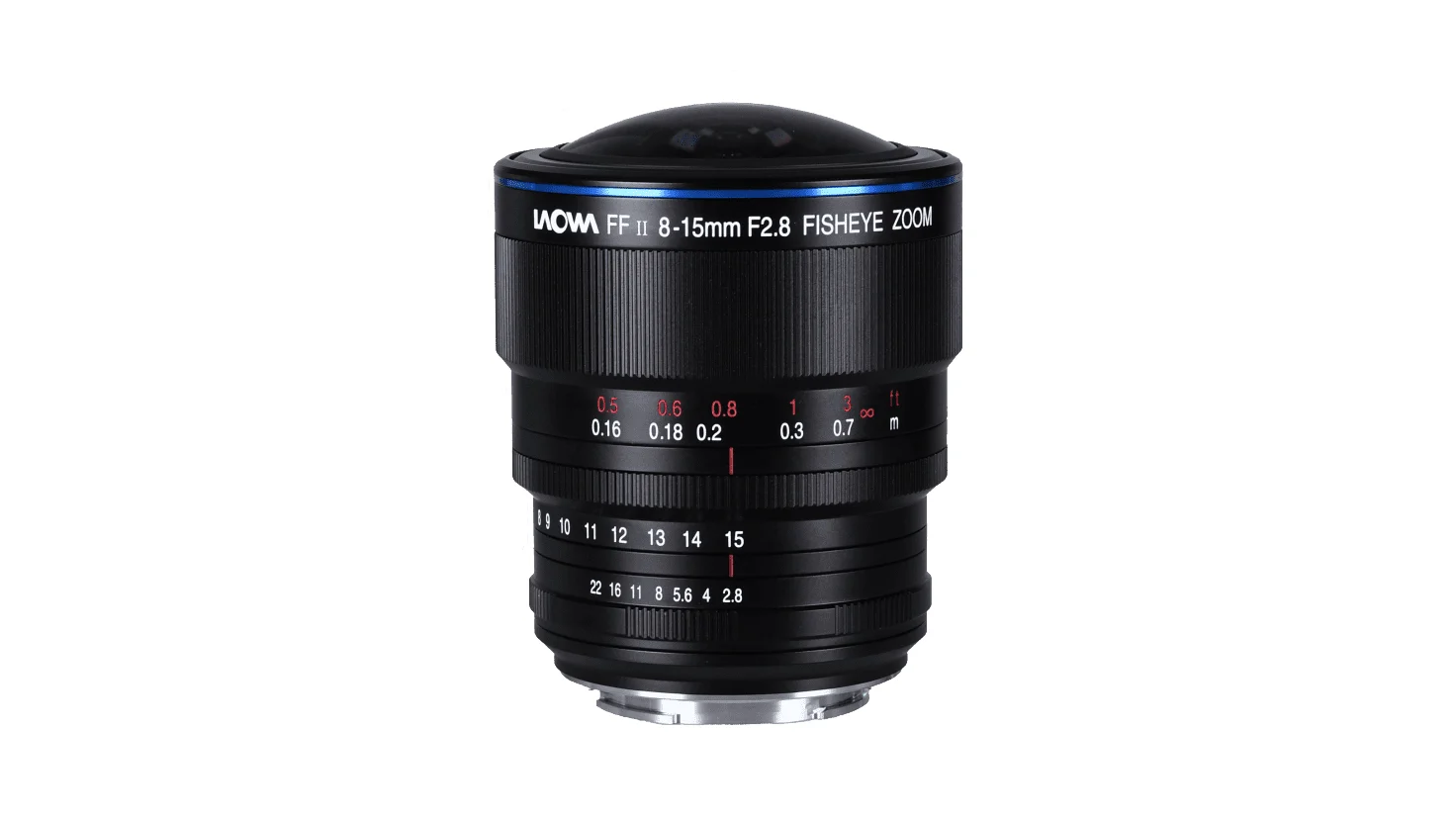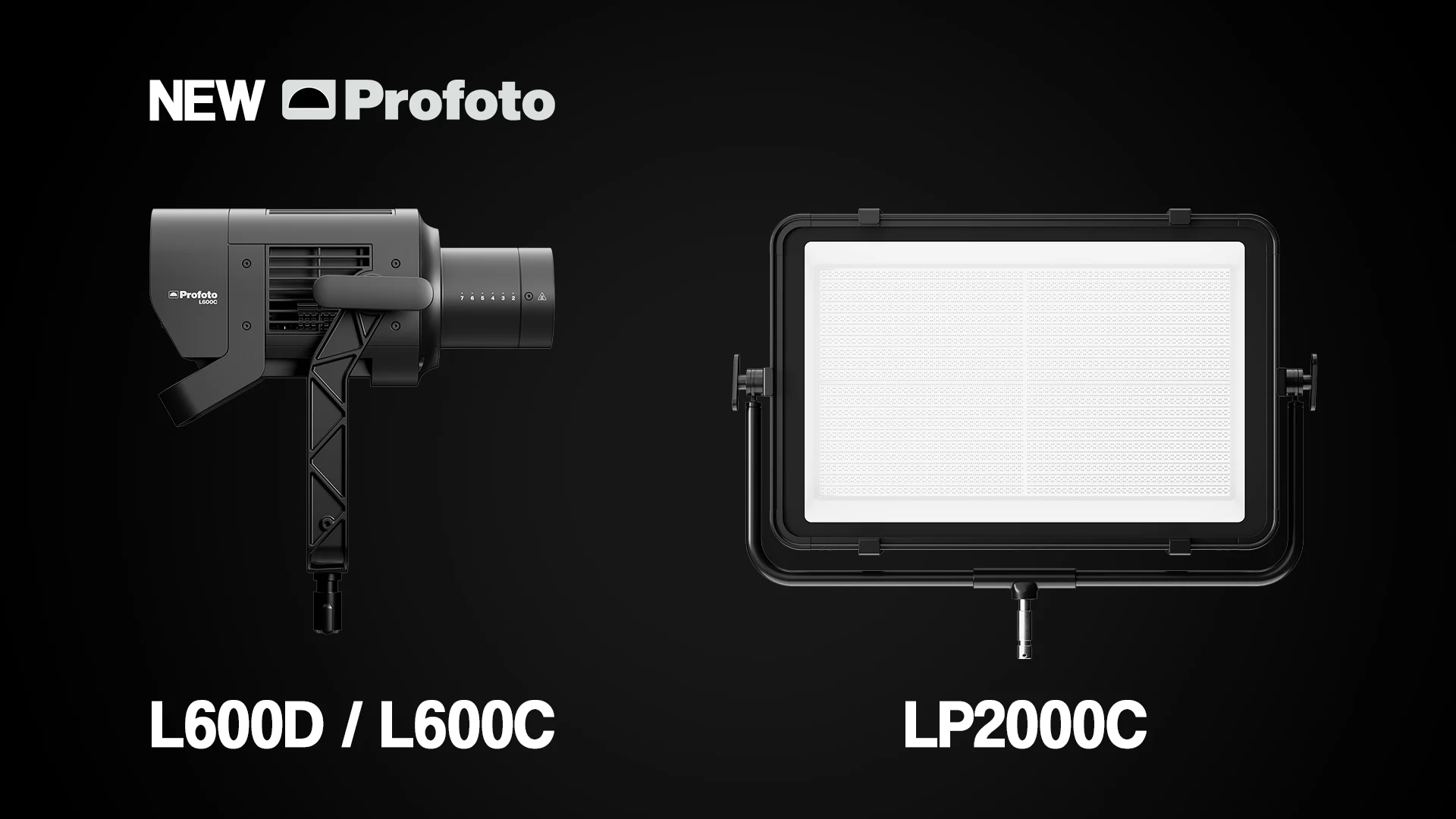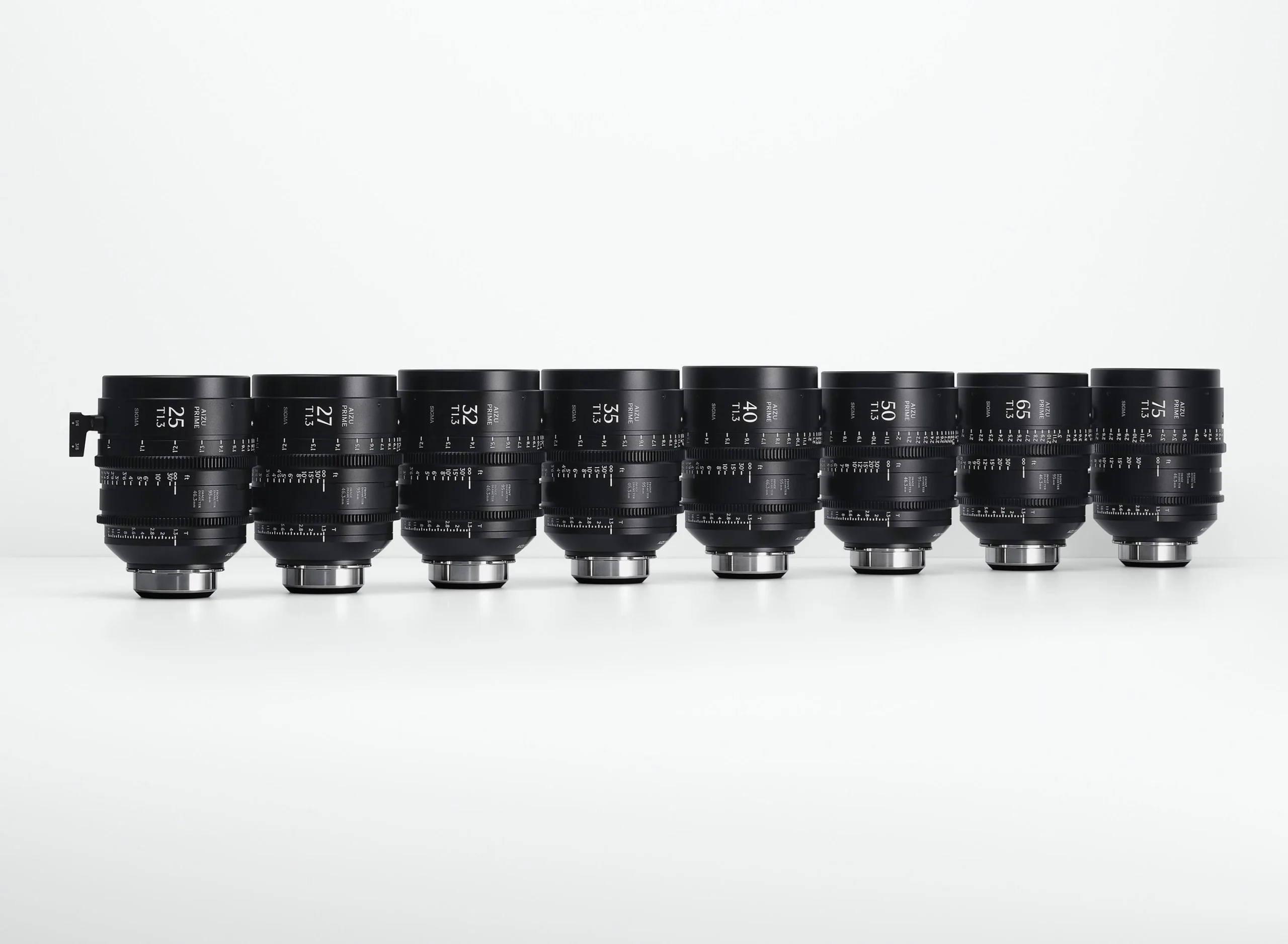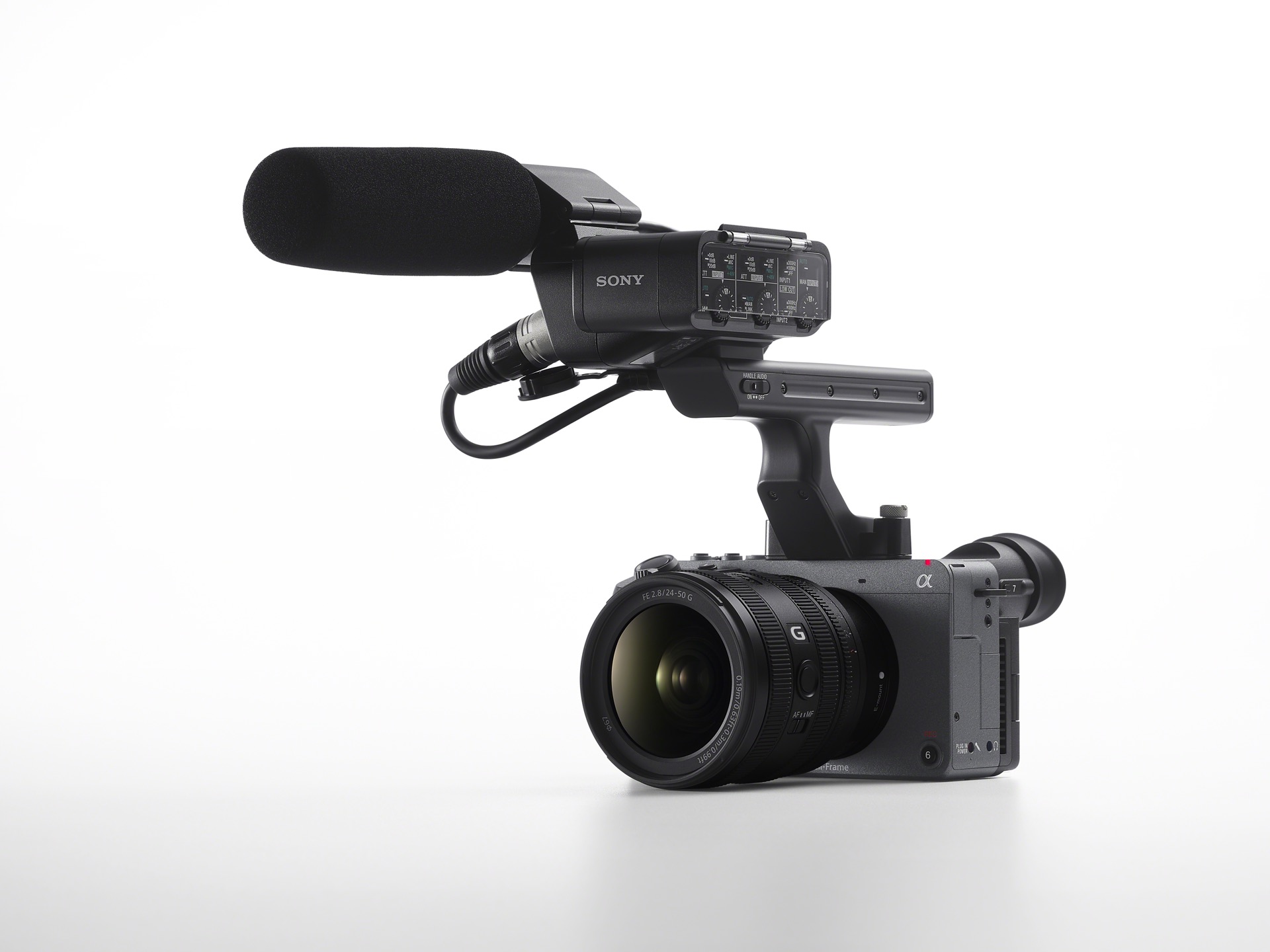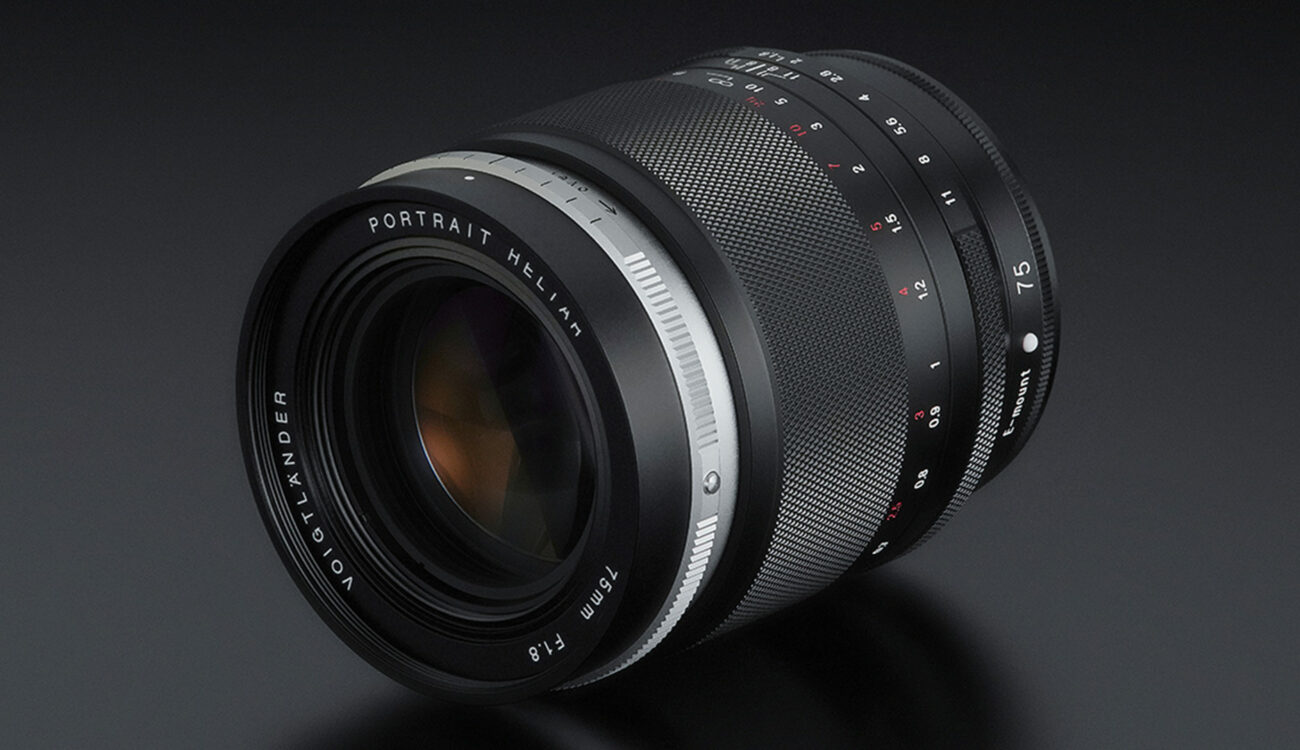Venus Optics’ newest glass— the Laowa 8‑15 mm f/2.8 FF Zoom Fisheye—packs a trick no other lens offers: at 8 mm it renders a perfect 180‑degree circular fisheye, complete with the classic black border, and by simply twisting the zoom ring to 15 mm it morphs into a diagonal (full‑sensor) fisheye. No more swapping lenses or cropping half the frame when you want both flavors of distortion on the same shoot.



Quick spec rundown:
- Focal length & type: 8–15 mm manual‑focus zoom
- Maximum aperture: constant f/2.8 (cine version is T2.9)
- Coverage & field of view: full‑frame/large‑format; 180 ° circular view at 8 mm, edge‑to‑edge rectangle at 15 mm
- Optical formula: 13 elements in 9 groups, 9‑blade rounded diaphragm
- Minimum focus distance: 16 cm / 6.3 in, yielding 0.23× magnification
- Dimensions & weight: about 94.5 mm long and 650 g
- Mount options: Sony E, Nikon Z, Canon RF, and L‑Mount
- Filters: none—the bulbous front element rules out standard threads



Two fisheyes, one zoom
Spin the zoom ring and you literally change the geometry of the frame, going from a bubble‑view (great for VR plates, tiny‑planet clips, or skater POVs) to a full‑sensor, horizon‑bending 15 mm fisheye for architecture, astrophotography, or creative portraits.
Fast glass in its class
With an f/2.8 aperture, the Laowa is a full stop brighter than Canon’s venerable EF 8‑15 mm f/4 L and noticeably faster than Nikon’s AF‑S 8‑15 mm f/3.5‑4.5. That extra light can keep ISO down and shutter speeds up for night skies, indoor events, and dimly lit venues.
Extreme close‑ups
A 16 cm close‑focus distance lets you jam the lens a few inches from your subject while still capturing the entire environment around it—fantastic for surreal macro‑meets‑landscape perspectives.
Rock‑solid build
Early reviewers note the all‑metal barrel, butter‑smooth rings, and tight tolerances that Laowa fans have come to expect. Just remember the trade‑offs: manual focus only, no built‑in filter threads, and a front element that begs for a protective cap whenever it’s off the camera.

Laowa undercuts Canon’s and Nikon’s auto‑focus fisheye zooms by roughly 45 percent while delivering an extra stop of light and native mirrorless mounts. If you can live without autofocus (common for fisheye work anyway), you get a brighter lens, a lighter price tag, and the convenience of switching between circular and diagonal views with a twist.
The Laowa 8‑15 mm f/2.8 FF Zoom Fisheye hands creatives two ultra‑wide looks in one lens, bright optics for low‑light play, and a price that invites experimentation. Whether you shoot star trails, skateboard videos, VR content, or just love bending reality for fun, this glass opens up fresh possibilities without bending your budget.
Pricing and availability
- Photography version: shipping now for $699 USD in all four mirrorless mounts.
- Cine version: a geared‑ring 8‑15 mm T2.9 FF Zoom Fisheye Cine model lists at $1,399 USD and is slated to ship later this year.
More infromation: Laowa website
